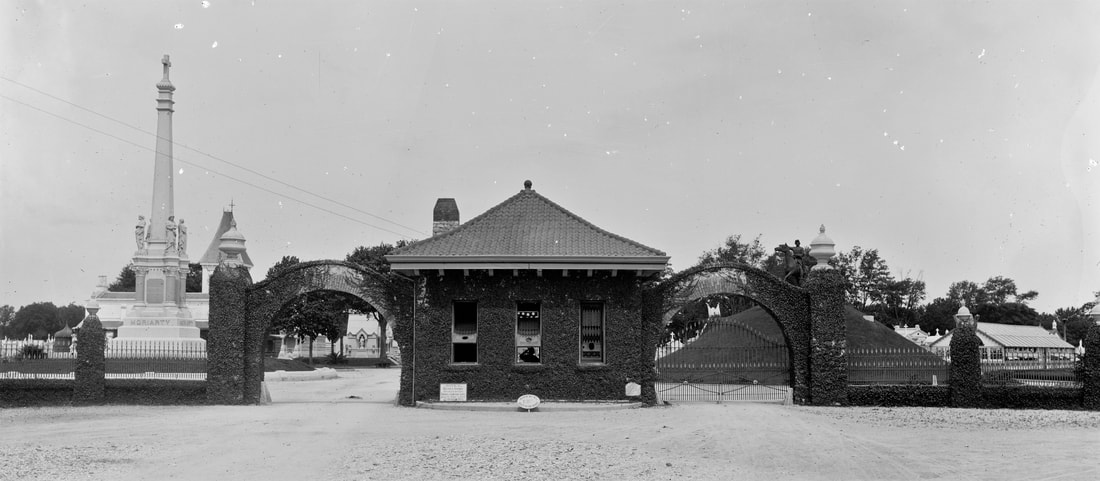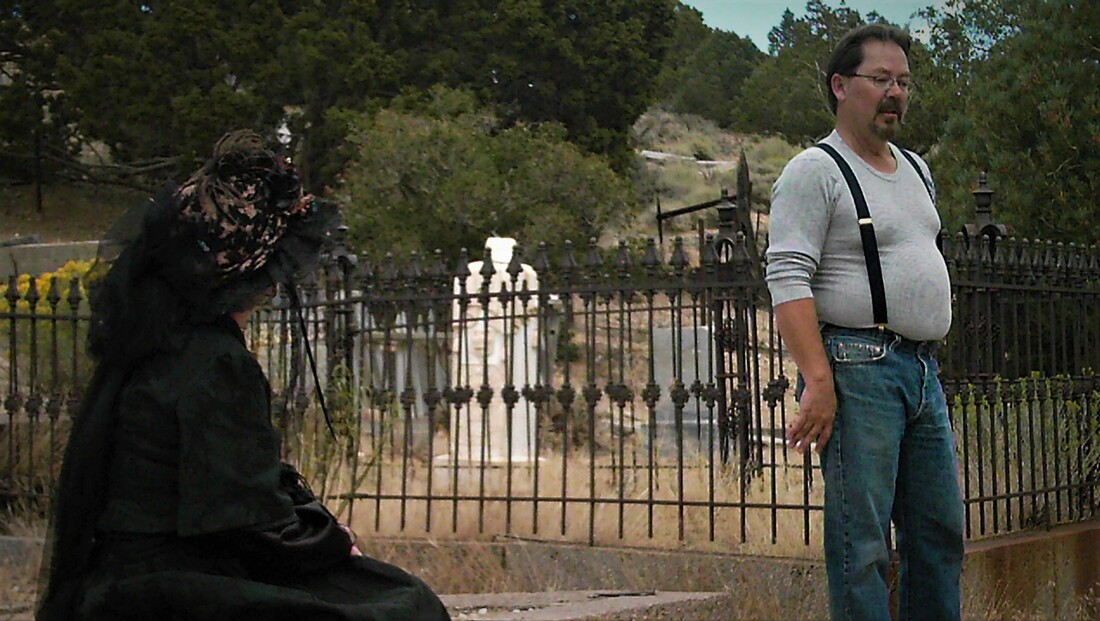|
Adapted from Emily Ford, “The Stonecutters and Tomb Builders of Lafayette Cemetery No. 1, New Orleans, Louisiana,” Master’s Thesis, Clemson University, 2012. Full text can be found for free here. How is a cemetery preserved?
Depending on who you ask, a cemetery is preserved by the involvement of families who have ancestors buried there, by maintenance, by thoughtful landscape management, by using good repair materials. But an historic cemetery is also best preserved by understanding its history. Despite the common adage that cemeteries are “outdoor museums,” they are in no way that static. They are amalgamations – in a very small space, usually – of decades and centuries of intervention, construction, and memory. Understanding the biography of any given cemetery is the key to its preservation. Some layers of a cemetery’s history can be more important than others. In the case of New Orleans cemeteries, the period between roughly 1880 and 1915 represented a crucial turning point in construction, management, and architecture. Today, we examine this period and why it matters.
0 Comments
As the weather cools down, cemetery managers and community groups look to living history performances to inspire support and interest in their historic landscapes. It’s that time of year again! The weather is cooling down, the pumpkins are in their patches, and our minds turn toward the ethereal, mysterious landscapes of cemeteries.
It’s also the time of year when a lot of preservation, heritage, and municipal groups hold annual cemetery fundraising events in the form of living history tours. Events like these connect the public with historic cemeteries in a unique way – visitors walk through the cemetery, often at night or twilight, and meet the “residents” of the cemetery. Through drama (and sometimes music), visitors can connect with the importance of the cemetery to local history and culture. Living history tours are also a whole lot of fun! Wherever you are in the South this year, there is a living history event in a cemetery near you. It might be Natchez City Cemetery’s annual “Angels on the Bluff” tour, a large-scale event that sells out every year, as does Oakland Cemetery’s “Spirits of Oakland” program in Atlanta. But it also might be a smaller event hosted by a local historical society. Check out the listings below to plan your cemetery visit – it makes a great date night or family outing. |
About the Author:Emily Ford owns and operates Oak and Laurel Cemetery Preservation, LLC. Archives
November 2019
Categories
All
|
- About
-
Restoration
- Services
-
Portfolio
>
- Turning Angel Statue, Natchez, MS
- Ledger Monument, Baton Rouge, LA
- Pyramid Statuary, New Orleans, LA
- Bronze and Granite Monument, Carville, LA
- Box Tomb, New Orleans, LA
- Vernacular Concrete Monument, Pensacola, FL
- 1830s Family Tomb, Covington, LA
- 1850s Family Tomb, New Orleans, LA
- 1880s Family Tomb, New Orleans, LA
- Headstone and Monument Restorations, Pensacola, FL
- Society Tomb, New Orleans, LA
- Education
- Blog
- Contact
|
Oak and Laurel Cemetery Preservation, LLC is a preservation contractor in New Orleans, Louisiana, specializing in historic cemeteries, stone conservation, educational workshops and lectures. Oak and Laurel serves the region of the Southeastern US.
|
QUICK LINKS |
CONNECT |
Proudly powered by Weebly




